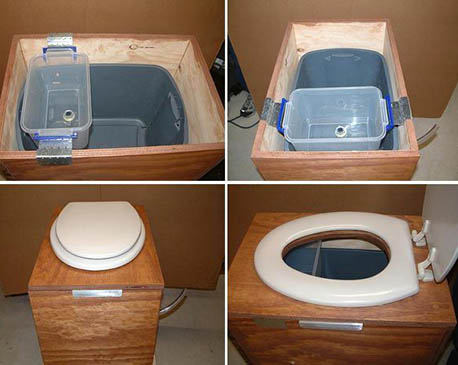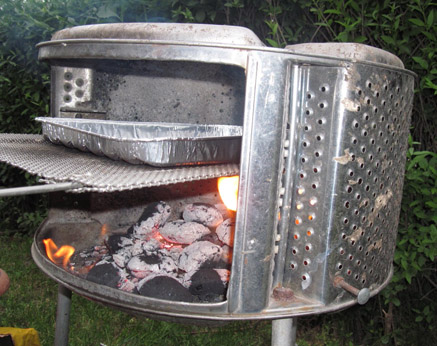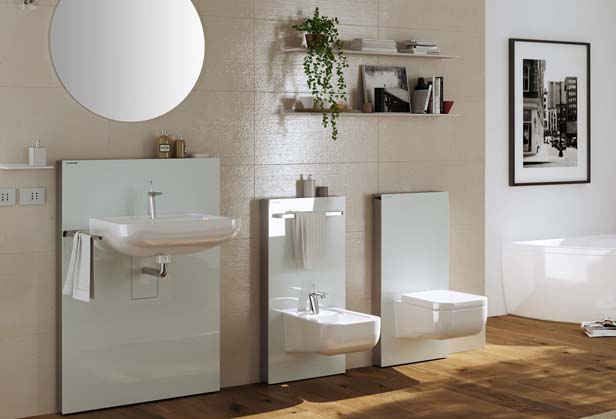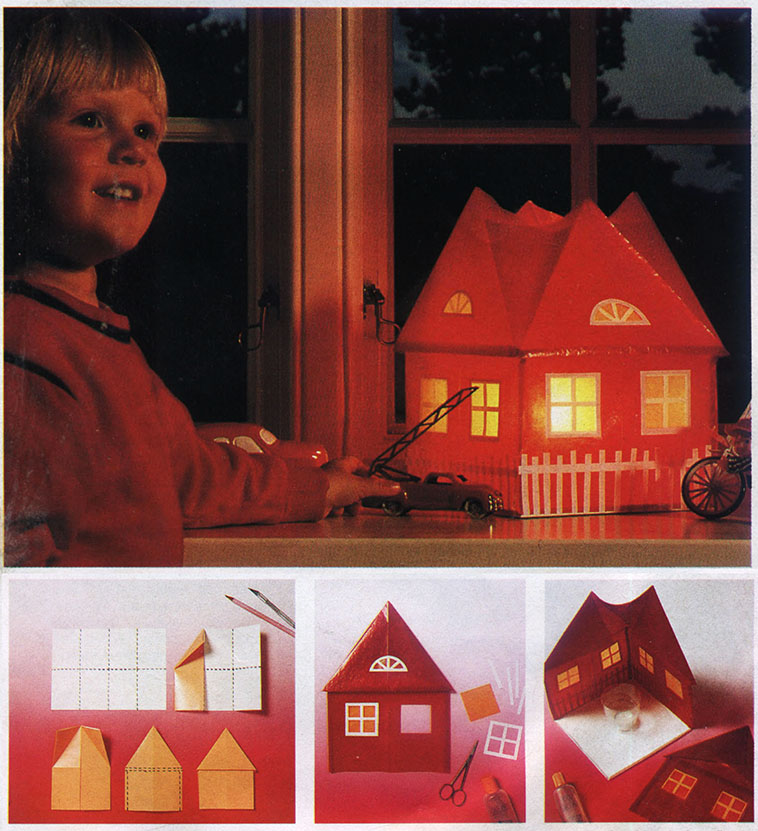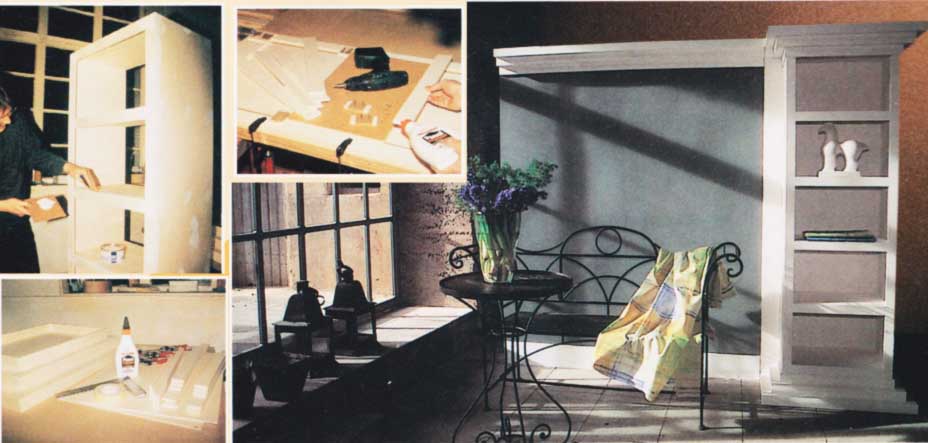Jak zrobić toaletę kompostową?
Przez kilka lat mieszkałem na wsi bez łazienki i nigdy tak naprawdę nie przystosowałem się do tego zadania polegającego na spłukiwaniu kupy czystą wodą pitną. Poza tym zawsze lubiłem czuć, że mam do czynienia z własnymi… sprawami, zarówno w przenośni, jak i dosłownie. Kiedy więc wprowadziliśmy się do naszego obecnego domu, pierwszym projektem na liście było zrobienie toalety kompostowej.
Początkowo wyobrażałem sobie instalację systemu podwójnego sklepienia podpodłogowego z separacją moczu. Nawet jeśli zdecydujesz się na takie przeróbki, instalacja tego systemu będzie kosztowna, a tak czy inaczej, będzie wiązać się z destrukcyjnymi zmianami w domu. Następnie przeczytałem o bardzo prostym i niedrogim systemie, który nie wymaga wielu zmian w łazience i zajmuje stosunkowo mało miejsca. On również mocno i przekonująco argumentuje, że kompost wyprodukowany w ciepłolubnej (gorącej) pryzmie kompostowej jest wystarczająco bezpieczny, aby można go było stosować na grządce warzywnej. Oto jak to działa:
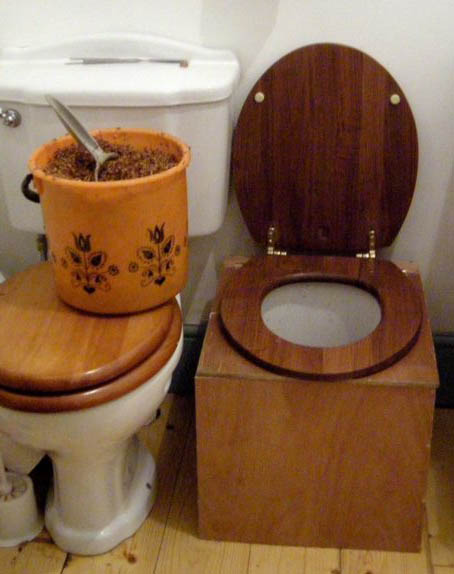
Toaleta
W pudełku ze sklejki z deską sedesową znajduje się 20-litrowe wiadro. Obok znajduje się kosz wypełniony trocinami, najlepiej drewnem liściastym. Trociny powinny być lekko wilgotne, ponieważ dzięki temu skuteczniej filtruje zapachy. Rób swoje normalne czynności, bez oddzielania moczu, dodaj trociny i to wszystko.
Wierz lub nie, ale nie pachnie, pod warunkiem, że dodasz dobrą warstwę wilgotnych trocin. Gdy wiadro będzie pełne, załóż dobrze dopasowaną pokrywę i dodaj nowe wiadro. Potrzebujesz co najmniej trzech identycznych pojemników, więc dwa mogą być pełne, a jeden może być na bieżąco używany.
Mały problem: musisz opróżnić wiadro. Zdaję sobie sprawę, że dla niektórych jest to dość duży problem, ale prawdopodobnie nie jest tak trudno, jak myślisz. Wiadro pełne trocin nie śmierdzi, a dobrze utrzymana pryzma kompostowa nie pachnie brzydko. Możesz szybko wypłukać wiadro za pomocą węża z końcówką wysokociśnieniową i wylać wodę na pryzmę. Następnie suszę wiadro szmatką, która idzie prosto do pralki, a następnie spryskuję wiadro octem. Jako trzyosobowa rodzina raz w tygodniu opróżniamy dwa wiadra na raz i zajmuje to tylko 10 minut.
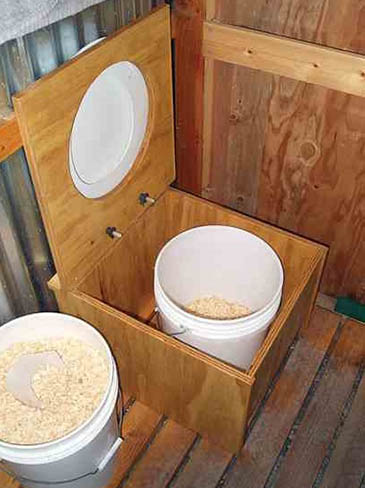
Kompostownik – to jest ważna kwestia, twoja sterta kompostu jest kluczem do sukcesu. Zaleca się kompostownik o powierzchni 1,6 m2 i wysokości 1,3 m. Uznałem, że 1,1 m2 jest wystarczająco duże, możesz jeszcze zmniejszyć kompostownik, jeśli zaizolujesz swoją pryzmę. Potrzebujesz co najmniej dwóch pojemników do kompostu, jeden odpoczywa, a drugi się napełnia. Zaleca również trzecią centralną przegrodę do przechowywania materiału do namaczania i pokrycia. Nie mamy tyle miejsca, więc używamy dwóch.
Po skonstruowaniu kompostowników umieść grube podłoże materii organicznej, takiej jak słoma lub karton, na dnie pojemnika i zacznij go wypełniać. Ułóż stos przykryty warstwą słomy lub tektury. Za każdym razem, gdy dodajesz wiadro odpadów z ubikacji, zrób widłami na środku pryzmy otwór (używany tylko do tego celu), dodaj odpady, wyrównaj starsze odpady z powrotem i przykryj stos słomą.
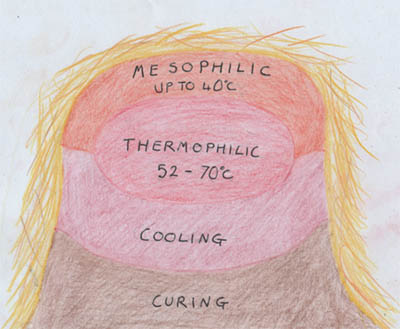
Jest kilka rzeczy, które musisz zrobić, aby utrzymać swoją pryzmę kompostową w dobrej kondycji:
1. Spłaszcz wierzchołek swojej sterty , myśląc raczej o „kostce” niż o „piramidzie”. Zmniejszona powierzchnia minimalizuje straty ciepła, a kształt zapobiega staczaniu się świeżego materiału do podstawy pryzmy, gdzie nie nagrzewa się.
2. Zakop nowy materiał pośrodku pryzmy, gdzie jest najgorętszy i nie mieszaj ani nie obracaj sterty. Świeży materiał szybko się nagrzewa, a następnie stopniowo ochładza, gdy staje się dolnymi warstwami. Chłodniejszy materiał u podstawy dojrzewa: staje się bardziej stabilny i jest kolonizowany przez szeroką gamę owadów, robaków, grzybów i mikroorganizmów. Jeśli zmieszamy pryzmę, zakłócamy ten proces i sprawiamy, że świeży materiał – to, co naprawdę chcemy podgrzać – ostygnie.
3. Dodawanie mocz i kału. Istnieją dobre argumenty przemawiające za oddzielaniem moczu, ale gorące pryzmy kompostu tego potrzebują. Bez moczu staną się zbyt suche, a proces ulegnie spowolnieniu. Potrzebujesz także dużej zawartości azotu w moczu, aby zrównoważyć węgiel w drewnie.
4. Przykryj pryzmę słomą lub tekturą, zapewni to pewną izolację, zapobiega powstawaniu zapachów i może pomóc wchłonąć nadmiar płynu, jeśli kupa stanie się zbyt mokra. Twoja kupa nigdy nie powinna pachnieć: jeśli pachnie, dodaj trochę więcej materiału na pokrycie pryzmy, jeśli nadal pachnie, dodaj trochę więcej.
Możesz również umieścić na stosie wszystkie odpady kuchenne i miękkie z ogrodu. Po roku zacznij nową pryzmę, pozostawiając starą na rok dojrzewania. Kiedy pierwsza pryzma odpocznie przez rok, będzie pięknym kompostem, gotowym do dodania do ogrodu.
